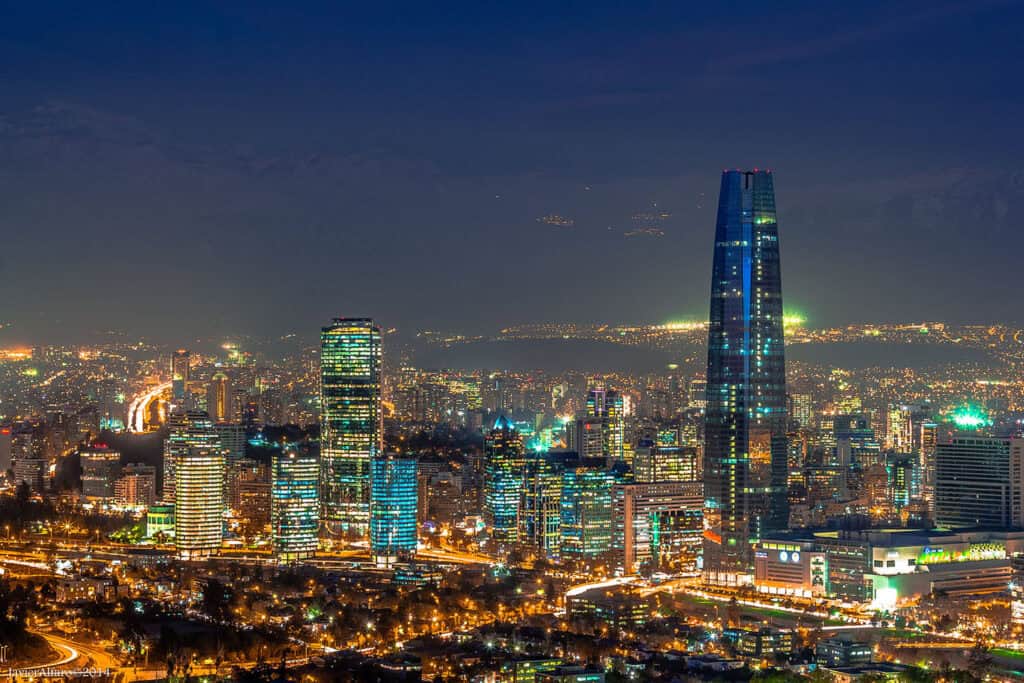

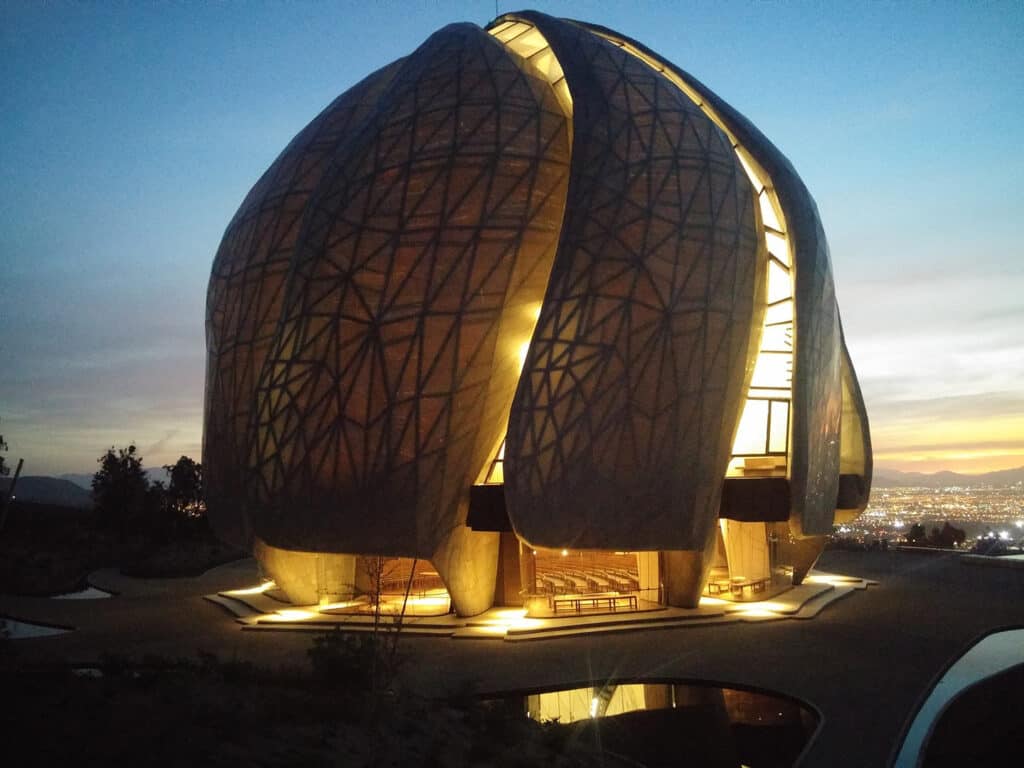
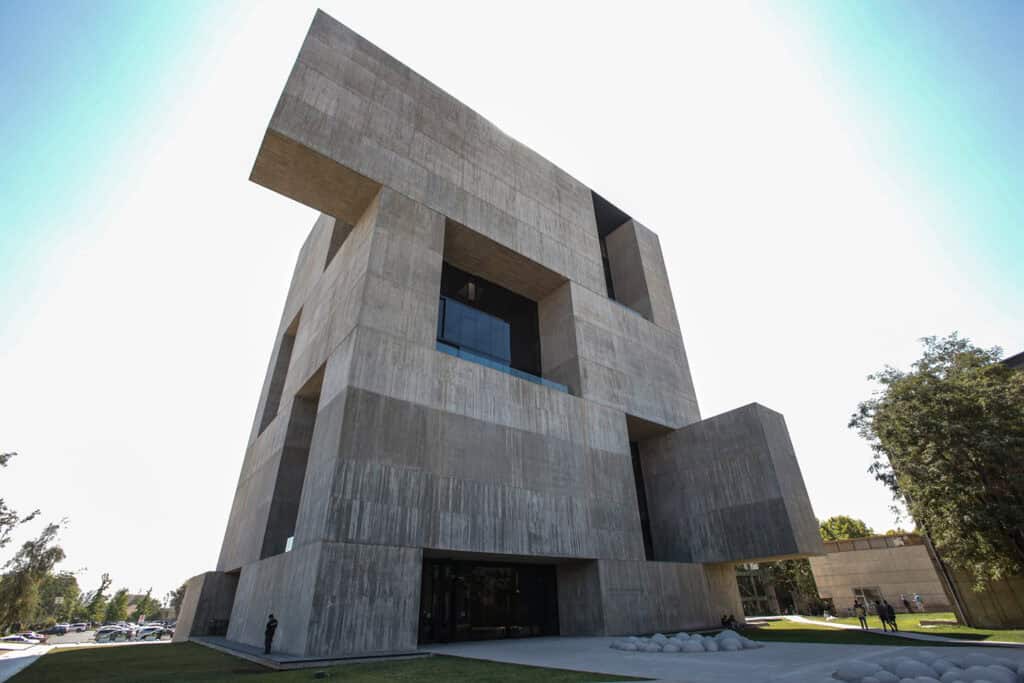
Are you captivated by the blend of historical grandeur and modern innovation in architecture? As an enthusiast of unique and iconic structures, you appreciate designs that tell a story while showcasing cutting-edge creativity.
Exploring Chile’s architectural wonders can be overwhelming, with its rich history and diverse styles. From colonial landmarks to contemporary marvels, Chilean architecture offers a journey through time and design excellence.
In this article, we’ll explore:
- Historical landmarks like La Moneda Palace and Iglesia de San Francisco
- Modern marvels such as the Costanera Center and Bahá’í Temple
- Cultural and public spaces including the Gabriela Mistral Cultural Center and Neruda’s Houses
- Innovative designs like the Endesa Building and Torre Telefónica
- Unique structures such as the Rapa Nui Moai Statues and Viña del Mar’s Flower Clock
Ready to investigate the architectural splendor of Chile? Join us at Landmarks Architects as we guide you through the country’s most iconic buildings, blending history with modernity.
Historical Landmarks
1. La Moneda Palace

La Moneda Palace is the Presidential Palace of Chile, situated in downtown Santiago. Originally constructed in the late 18th century (1784) as the Royal Mint of Chile during the Spanish colonial period, it served briefly in this capacity before being repurposed as a government building.
Over the years, the palace has undergone several renovations, including the addition of cultural spaces such as an art exhibition hall, cementing its status as a national monument. The neoclassical facade, featuring grand columns and a symmetrical design, was added during 19th-century renovations, emphasizing its historical and cultural significance in Santiago.
2. Iglesia de San Francisco
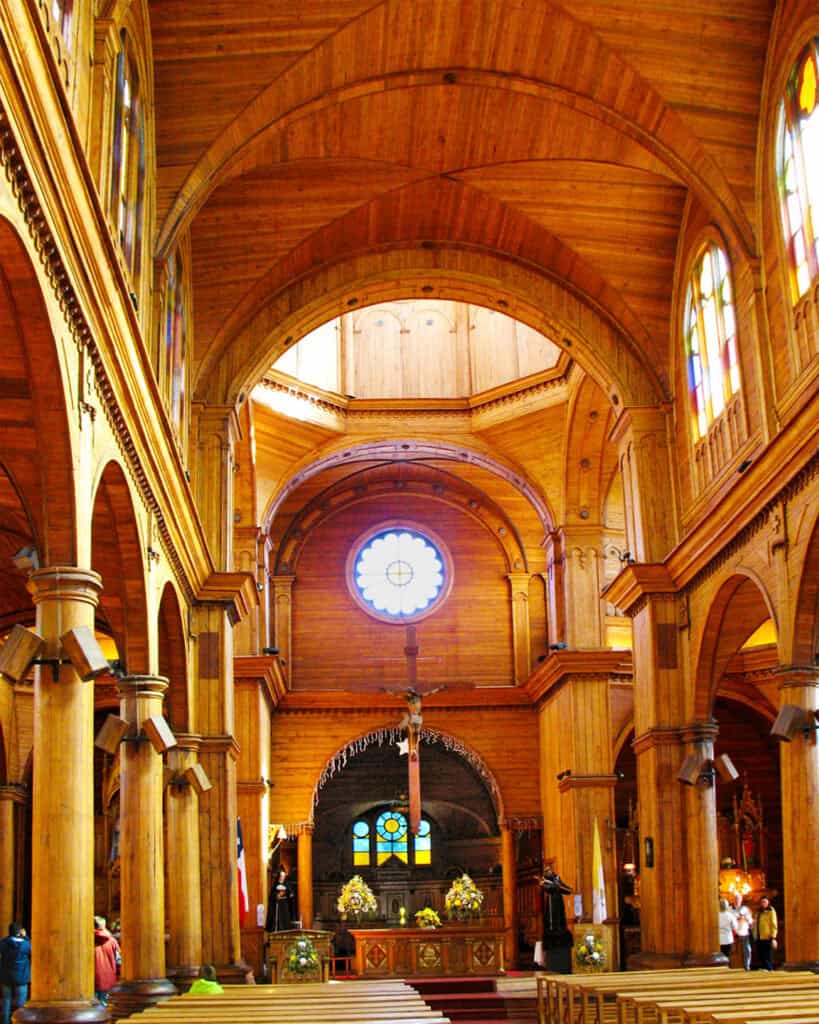
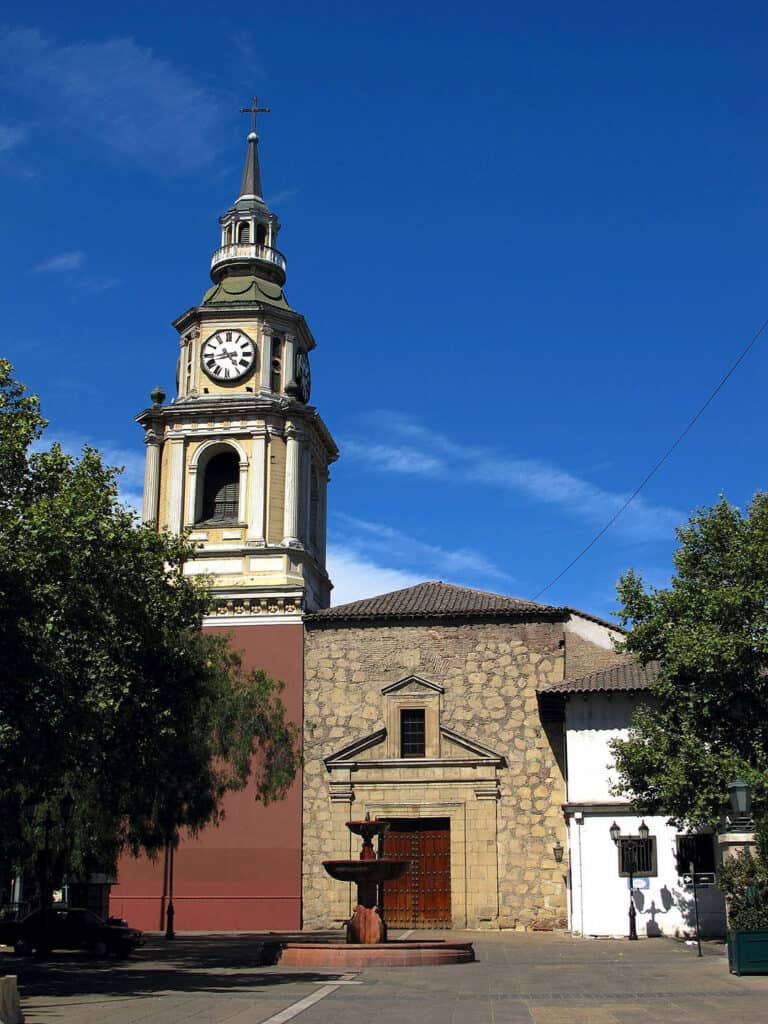
The Iglesia de San Francisco in Santiago, Chile, combines colonial, Baroque, and neoclassical architecture. Constructed in the 16th century, its ornate facade and interior boast grand vaulted ceilings, ornamental columns, and a richly decorated altar, symbolizing its cultural and historical significance in Santiago. This historic church remains a revered architectural landmark, reflecting centuries of artistic and religious heritage.
3. Palacio de la Real Audiencia (National History Museum)

The Palacio de la Real Audiencia, built in 1808, served as the Royal Audiencia during the Spanish colonial period in Chile. Today, it houses the National History Museum and stands as a prominent landmark in Santiago’s Plaza de Armas, showcasing Chilean history and cultural heritage.
Architecturally, the building features neoclassical elements, characterized by its symmetrical facade, grand columns, and ornate detailing typical of the late 18th and early 19th centuries. The Palacio de la Real Audiencia exemplifies the elegant architectural style favored during its construction period, contributing to its historical and cultural significance in Santiago.
See Also Famous Buildings in Chile
Modern Marvels
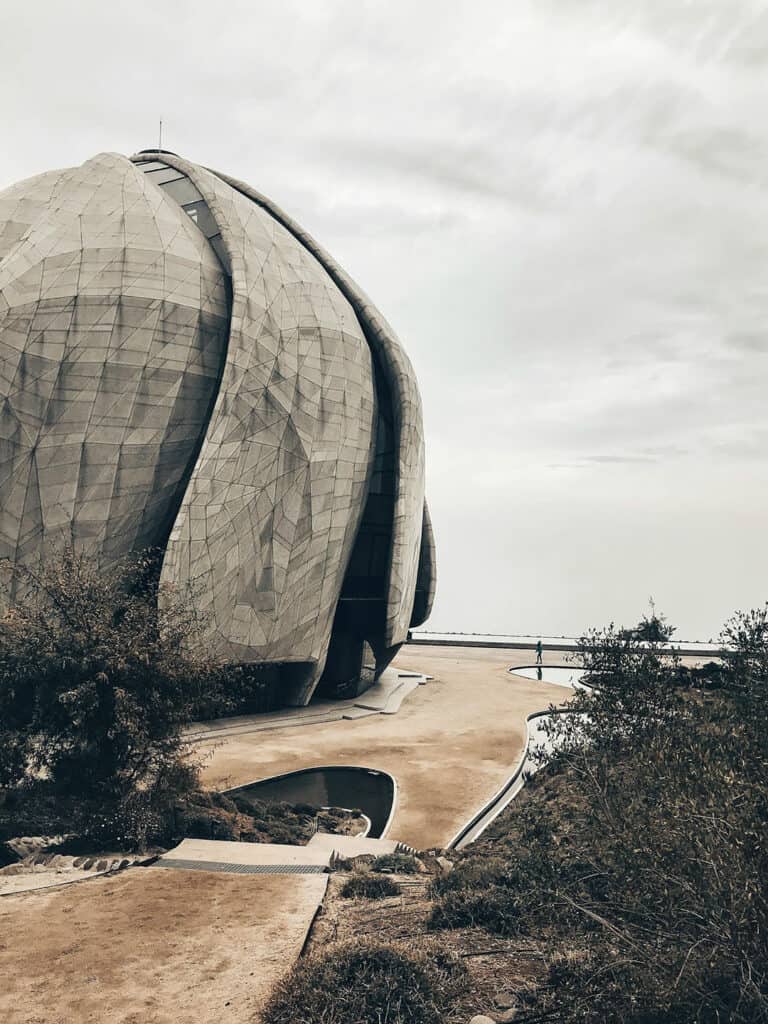
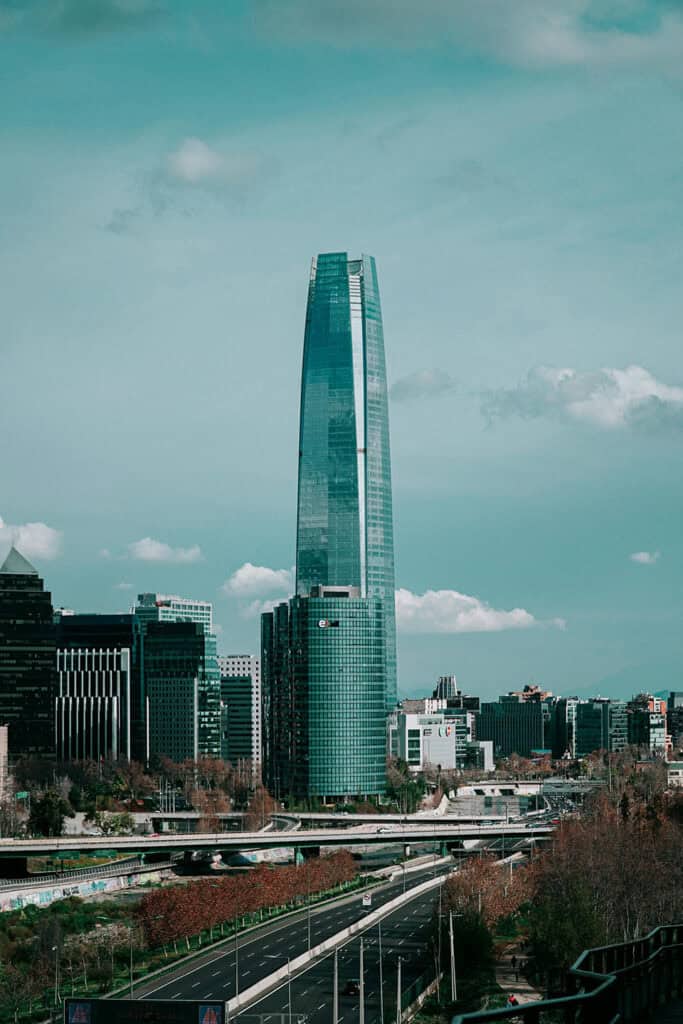
Chile’s contemporary architecture is known for its architectural excellence and innovative designs. The country has many architectural wonders that are center stage in the urban development of Santiago de Chile and other regions. Two of the most notable modern marvels are the Costanera Center and the Bahá’í Temple.
4. Costanera Center
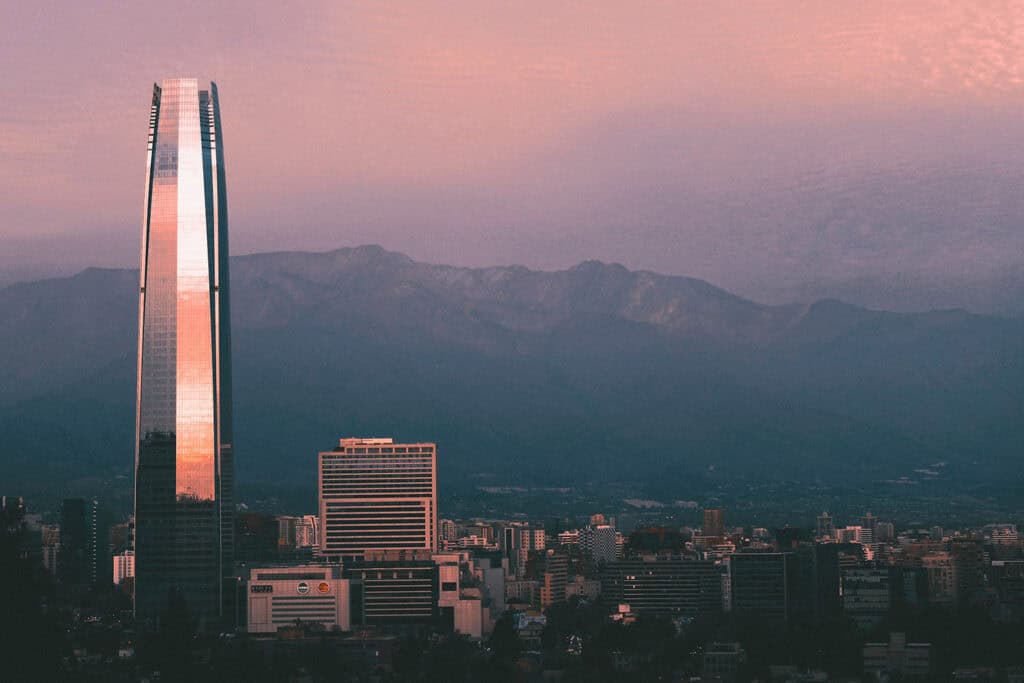
The Costanera Center is an iconic structure that dominates the Santiago Metropolitan Region’s skyline. Designed by a Canadian architect, the building is the tallest in Latin America, with its five towers rising 300 meters above the ground. The center houses offices, residential buildings, and a shopping mall, among other architectural features.
5. Bahá’í Temple

The Bahá’í Temple is a unique structure that stands out in Santiago‘s urban landscape. The temple’s design is inspired by the art nouveau style, with its curved lines and internal spaces that create a peaceful and spiritual atmosphere. The temple is made of native wood and exposed concrete and is one of the most visited cultural centers in Santiago.
Cultural and Public Spaces
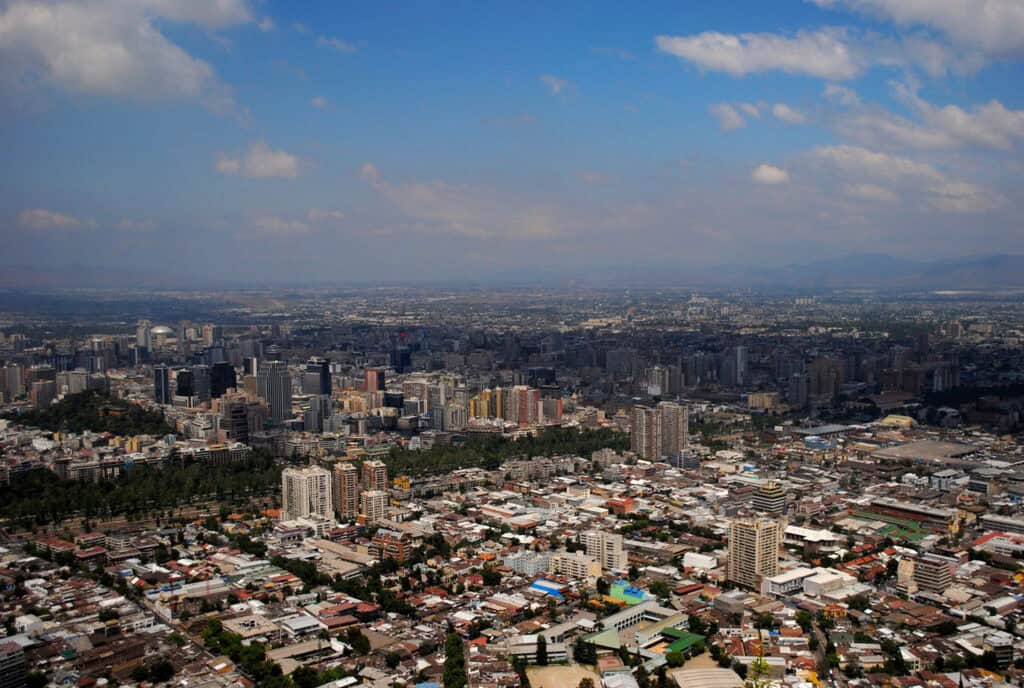
6. Gabriela Mistral Cultural Center
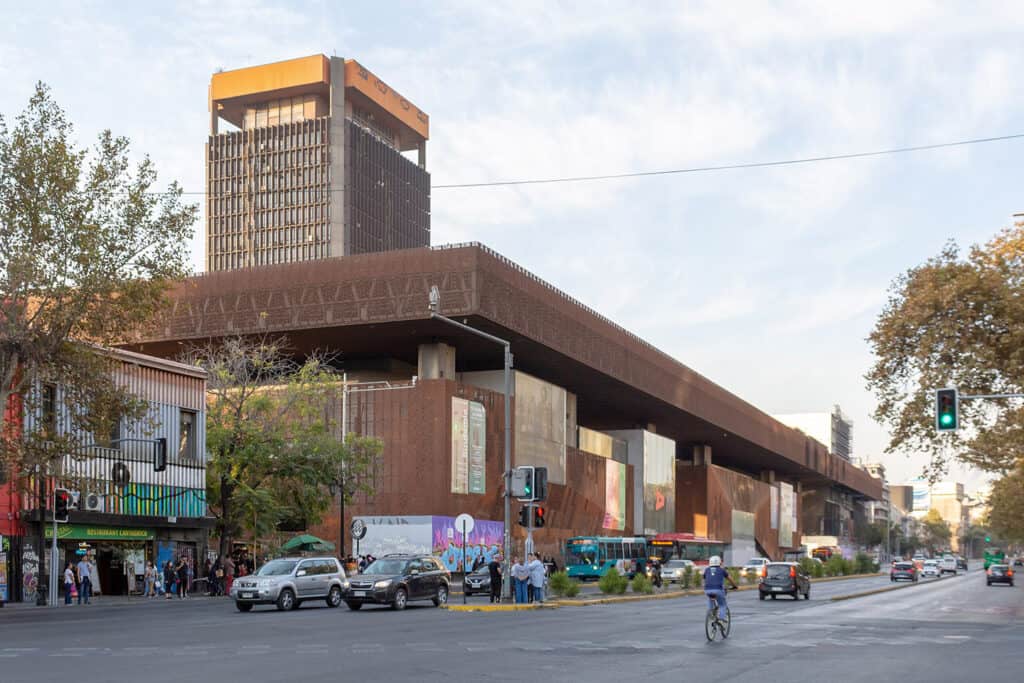
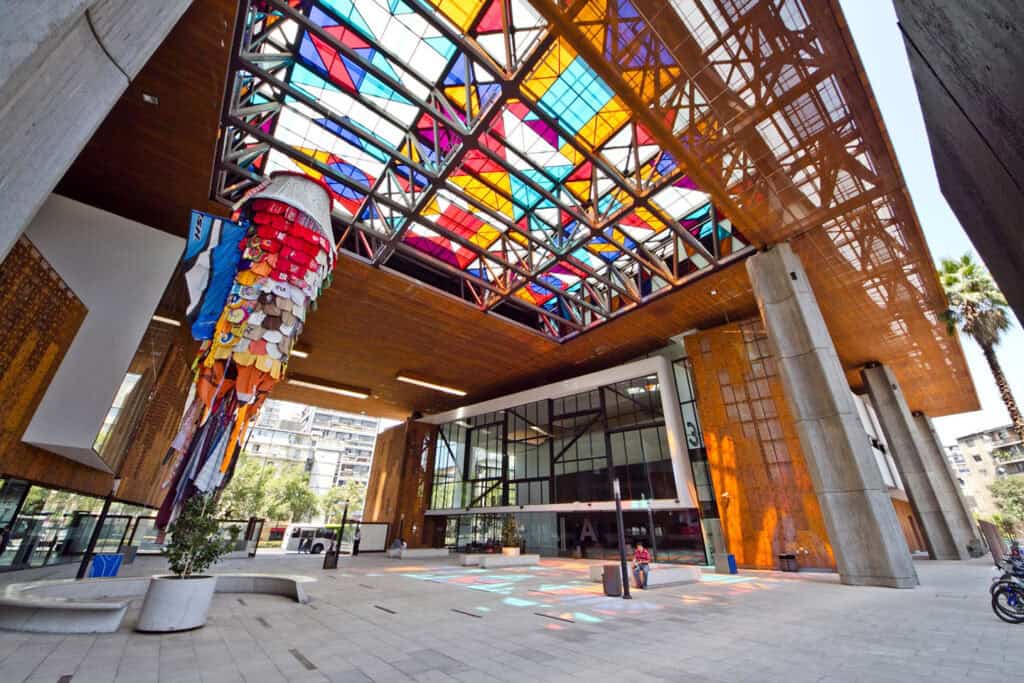
The Gabriela Mistral Cultural Center (Centro Cultural Gabriela Mistral or GAM) in Santiago, Chile, is named after the poet Gabriela Mistral. Originally designed by Chilean architects for the 1972 UNCTAD III conference, it features modernist architecture with exposed steel and glass.
In 2010, Cristián Fernández Arquitectos and Lateral Arquitectura & diseño renovated it, creating interconnected spaces that promote flow and openness. The center now hosts various cultural events, including art exhibitions, music concerts, and theater performances.
7. Neruda’s Houses
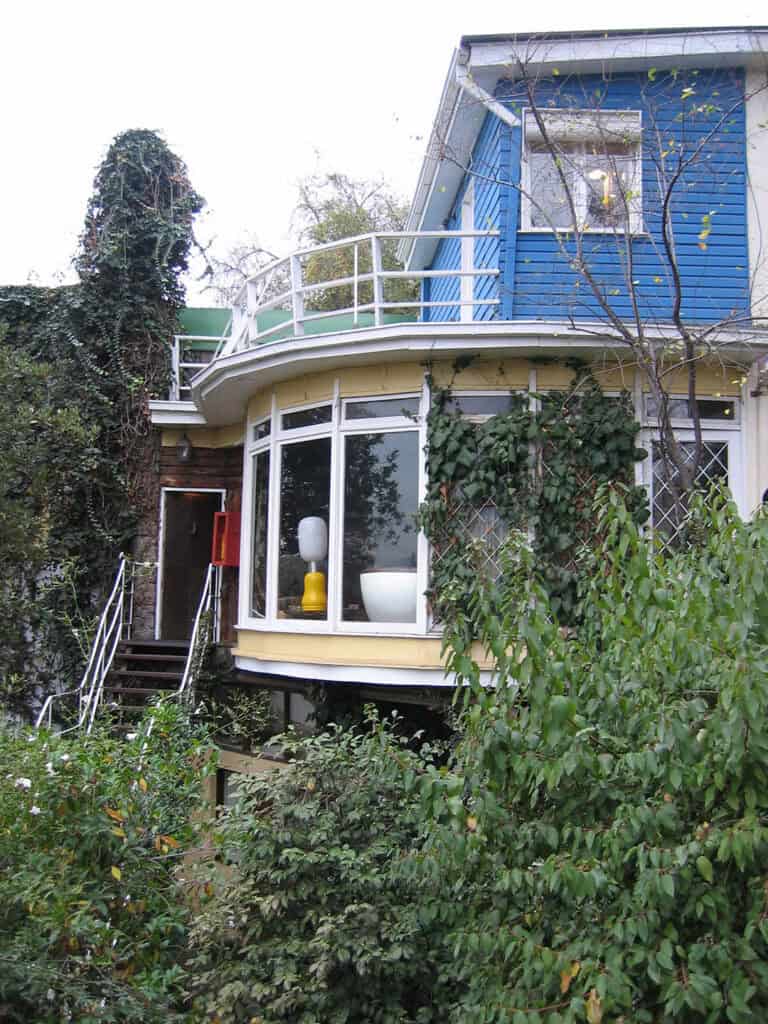
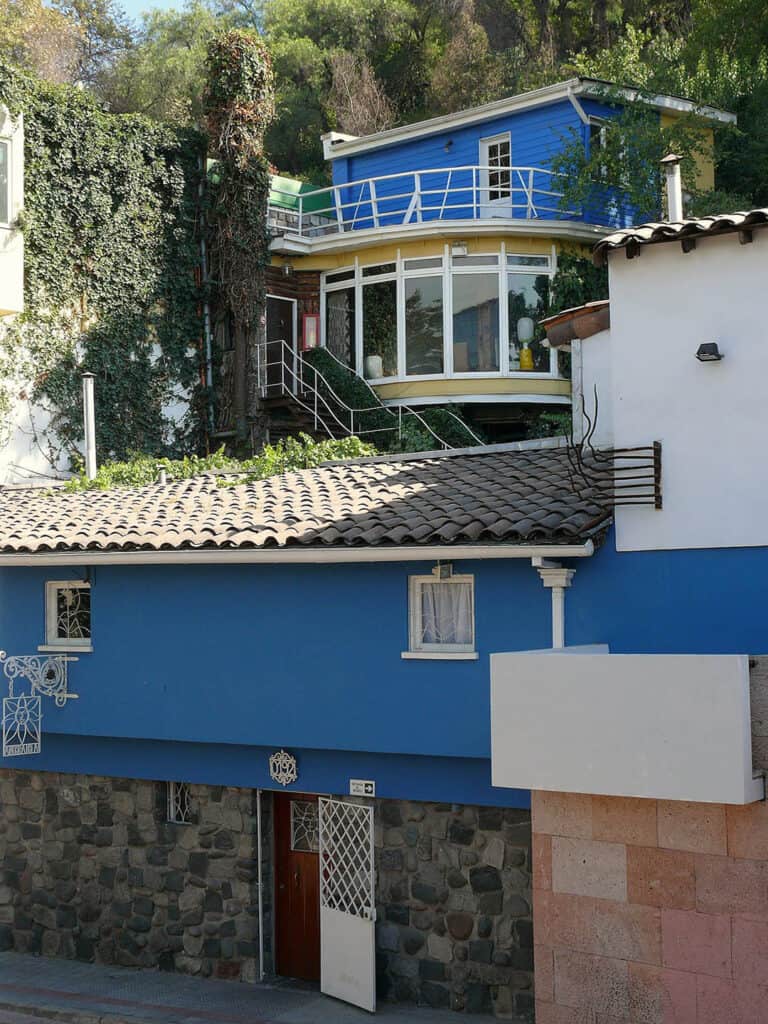
Pablo Neruda’s homes, like La Chascona in Santiago and Isla Negra on the Pacific coast, are celebrated for their unique architecture. Designed by Neruda himself, La Chascona blends various styles, reflecting his eclectic tastes and passion for the sea.

Isla Negra, also designed by Neruda, resembles a ship and houses his collection of maritime artifacts, inspiring much of his poetry. These homes are enduring symbols of Neruda’s creativity and continue to attract visitors worldwide.
8. Mercado Central
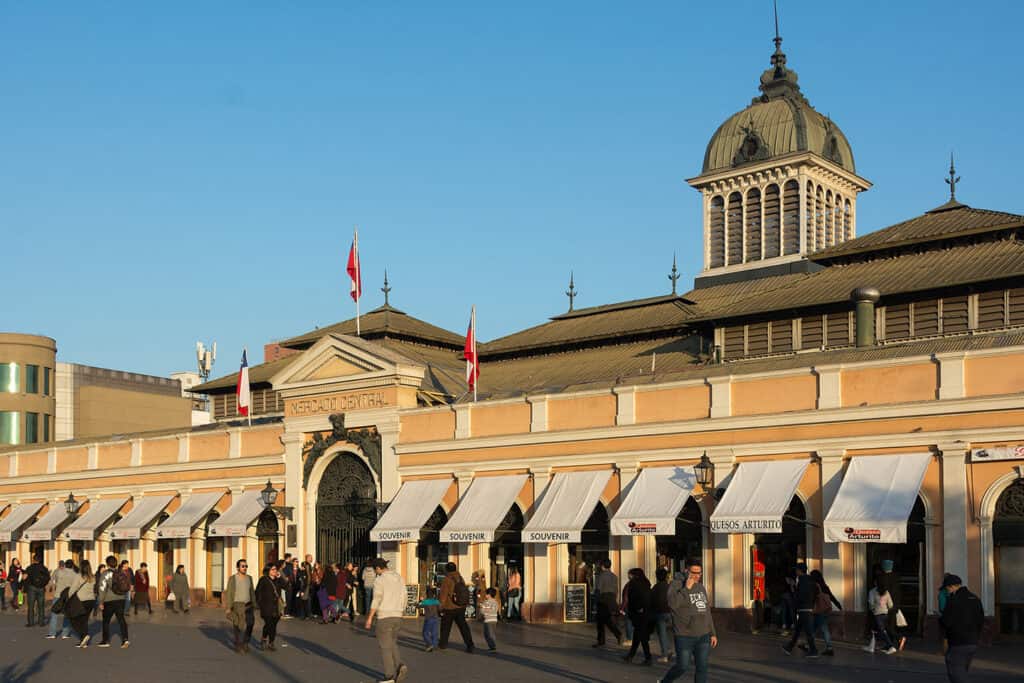
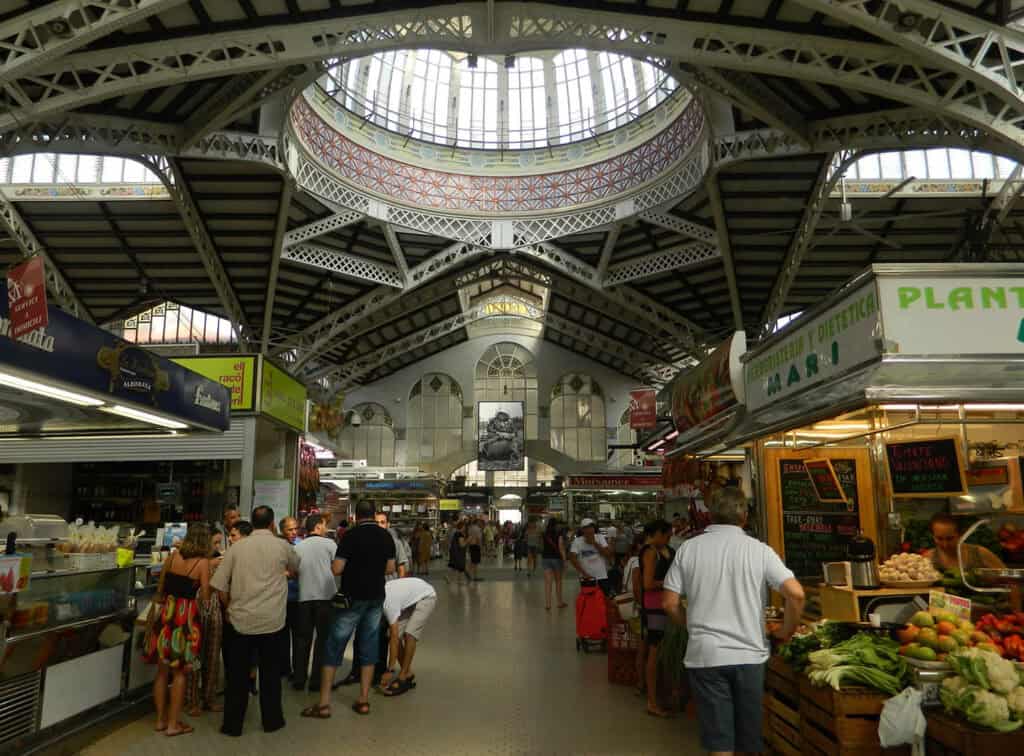
The Mercado Central is a public market in downtown Santiago that dates back to the colonial period. The building was designed by the Italian architect Joaquín Toesca and features a large central nave with exposed concrete columns and a wrought-iron roof. The market is home to a variety of seafood vendors, restaurants, and shops, and is a popular destination for tourists and locals alike.
Innovative Designs

9. Torre Telefónica
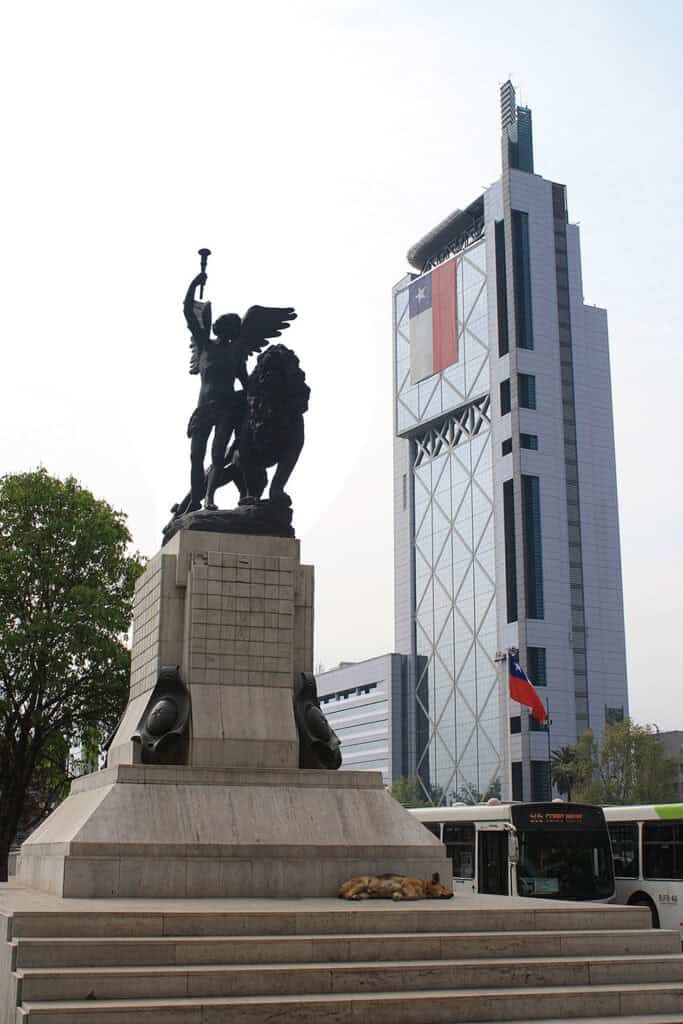
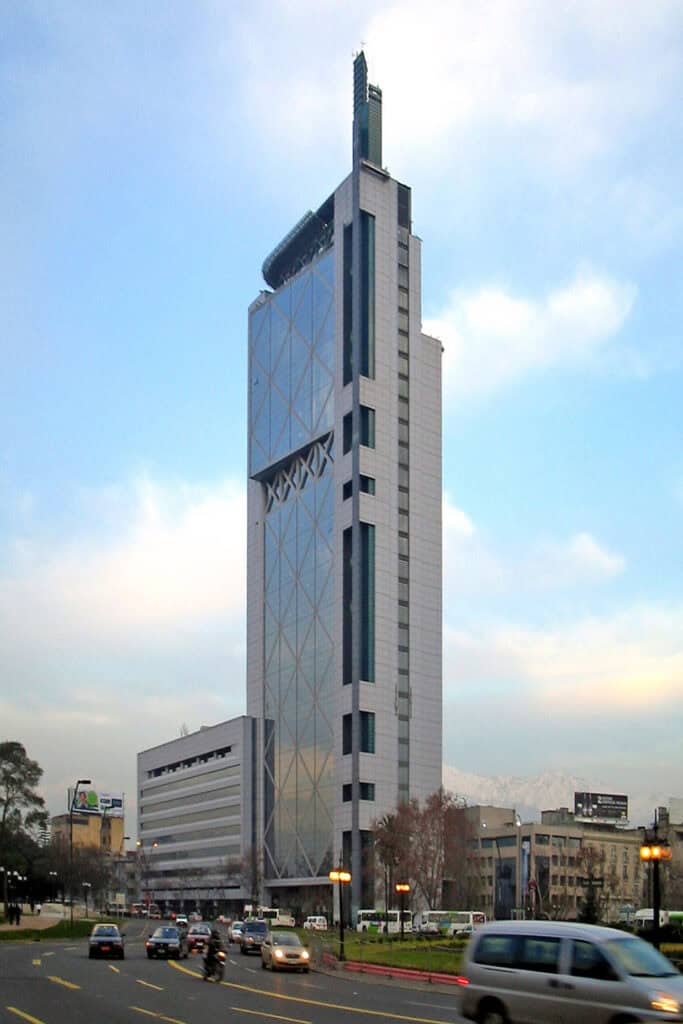
The Torre Telefónica is a 143-meter-tall skyscraper located in Santiago de Chile. Designed by the architectural firm Iglesis Prat Arquitectos, the tower is one of the most recognizable buildings in the city and a prime example of architectural excellence. The building’s most distinctive feature is its exposed concrete structure, which gives it a rugged, industrial look. The tower also features a number of innovative design elements, including a series of internal spaces that allow natural light to penetrate deep into the building.
See Also Famous Buildings in Peru
10. Pontifical Catholic University of Chile Architecture School
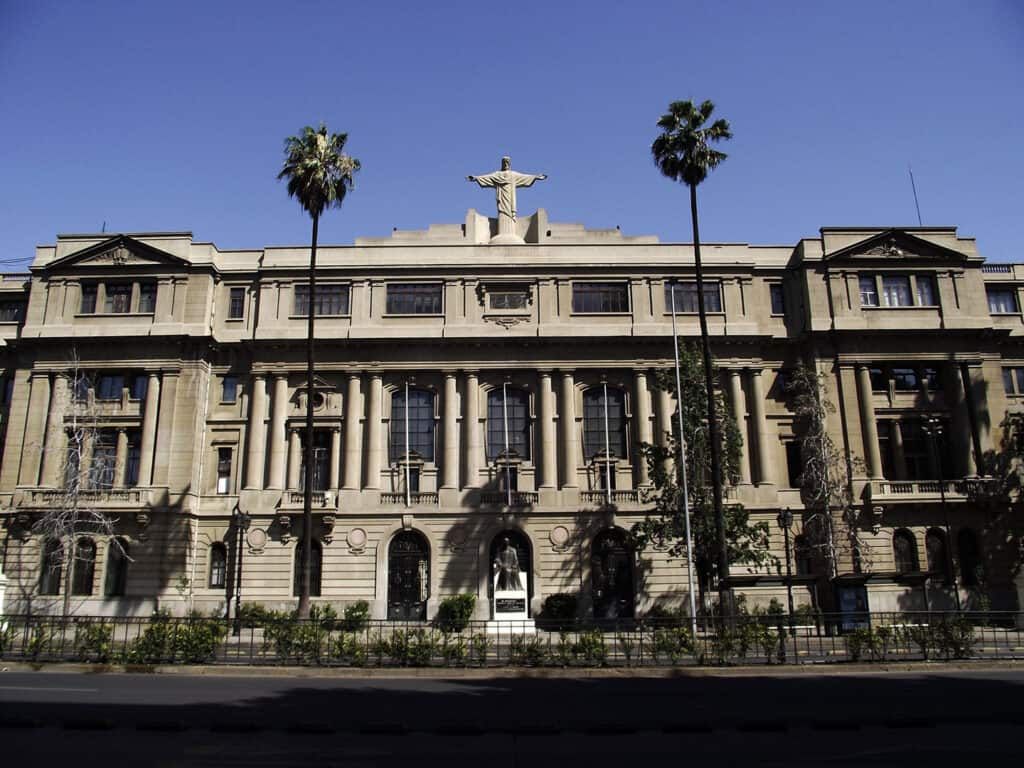
The Pontifical Catholic University of Chile’s Architecture School in Santiago is renowned across Latin America. Its main building, Casa Central, designed by Ricardo Larraín Bravo in the 1930s, is a national monument blending neo-Gothic and French neoclassical styles.
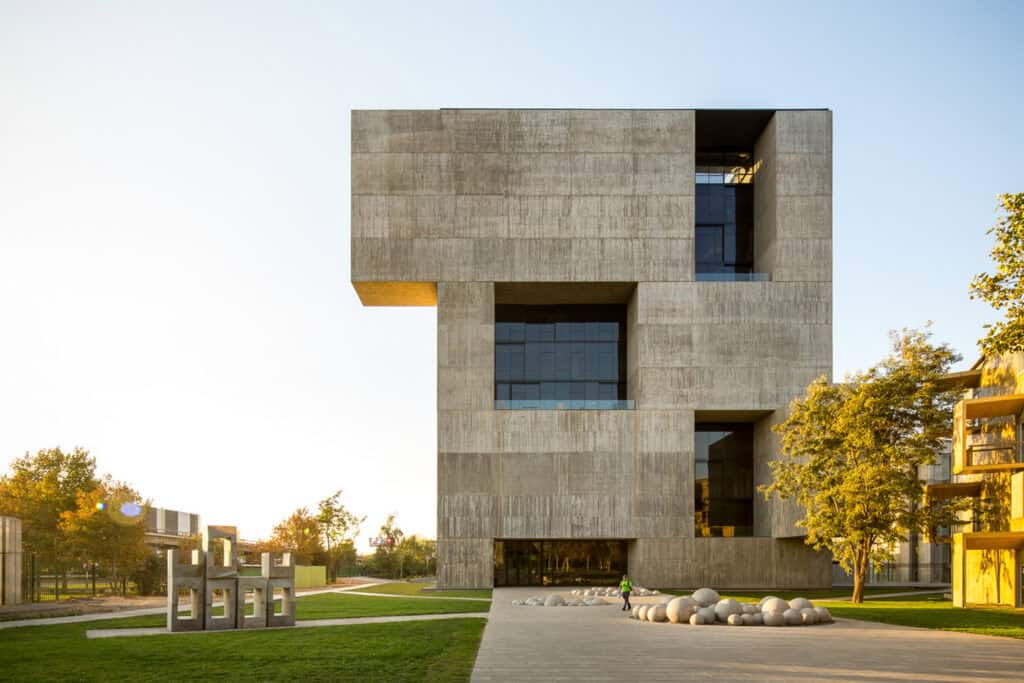
Adjacent to Casa Central, the school’s new building, inaugurated in 2004 and designed by Alejandro Aravena, is celebrated for its modern, sustainable design. It integrates native wood and innovative architecture, complementing the historical charm of Casa Central while reflecting Chilean architectural traditions.
Unique and Iconic Structures
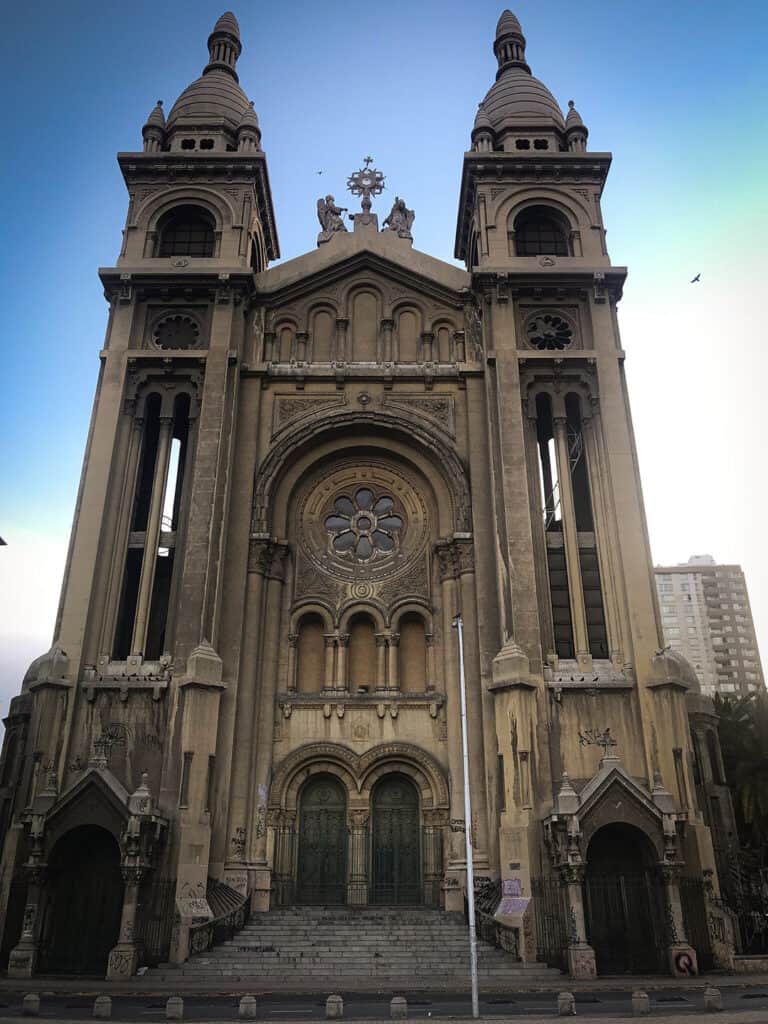

11. Rapa Nui (Easter Island) Moai Statues
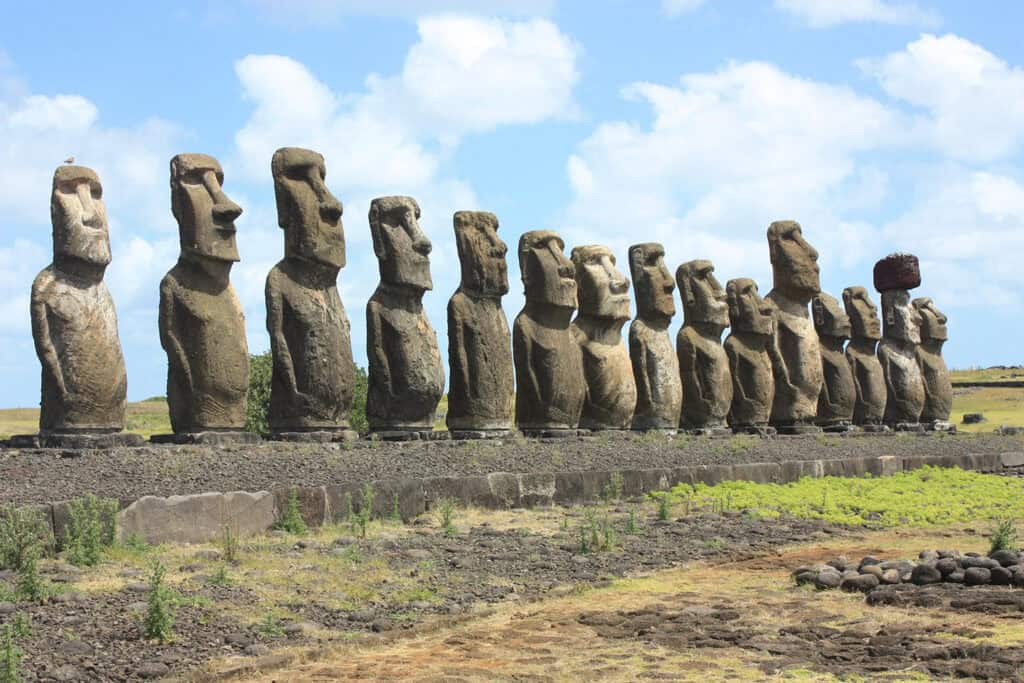
Chile is home to the iconic Rapa Nui (Easter Island) Moai Statues, which are considered one of the most recognizable architectural wonders in the world. These statues were built by the Rapa Nui people between the 13th and 16th centuries and are made of volcanic rock. They are known for their unique and intricate carvings, which reflect the Rapa Nui culture and beliefs.
12. Viña del Mar’s Flower Clock
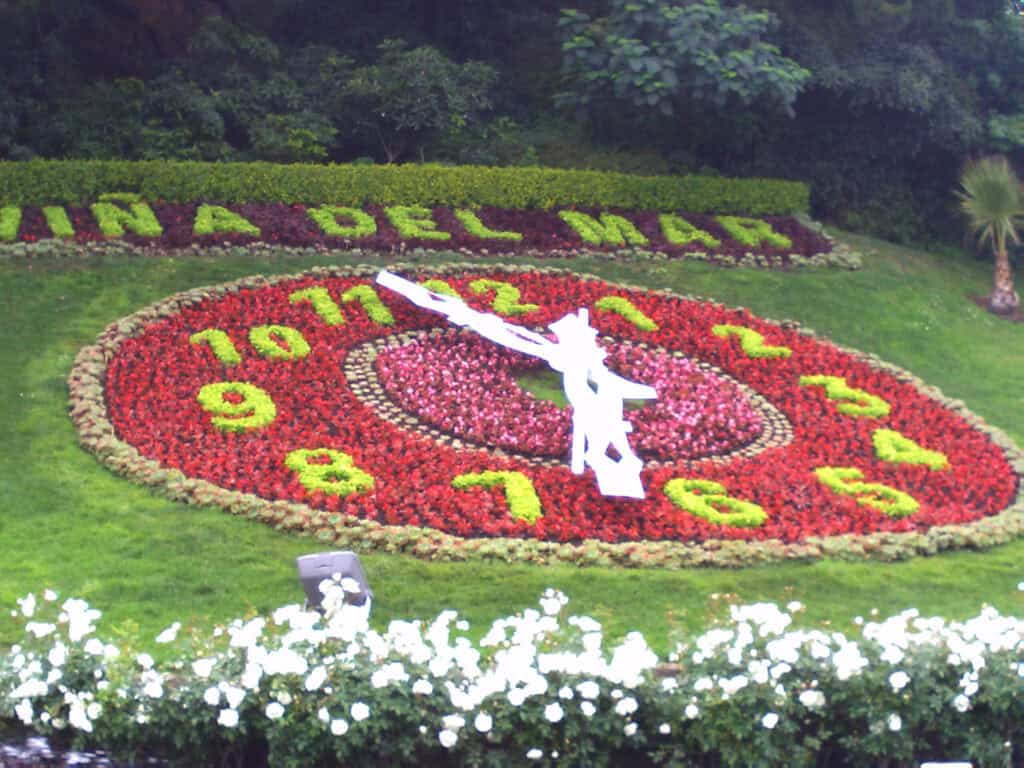
The Viña del Mar’s Flower Clock is a popular tourist attraction and a unique architectural feature in Chile. It is a large clock made entirely of flowers and plants, with a diameter of 40 feet. The clock was built in the early 1960s and has become a symbol of Viña del Mar, a coastal city in Chile.
13. Iglesia de los Sacramentinos
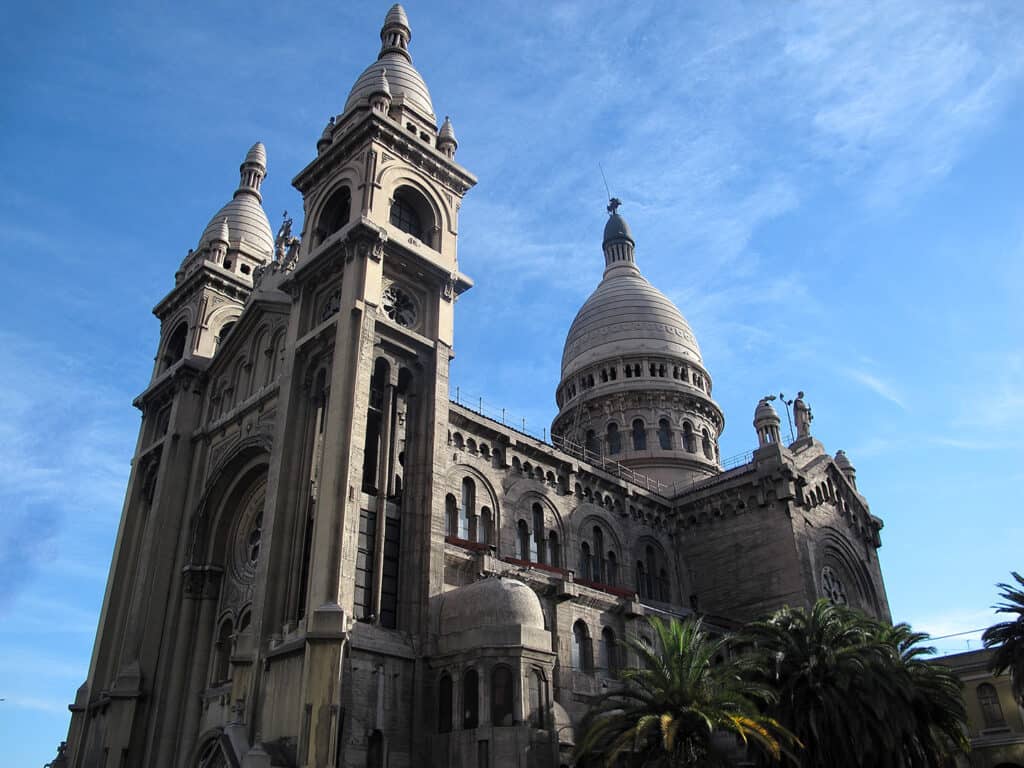
The Iglesia de los Sacramentinos is a stunning Catholic church located in Santiago de Chile. It was designed by the French architect, Émile Doyère, and is known for its beautiful art nouveau style and intricate internal spaces. The church has been declared a national monument and is a popular destination for art exhibitions and cultural events.
14. Antofagasta Regional Museum
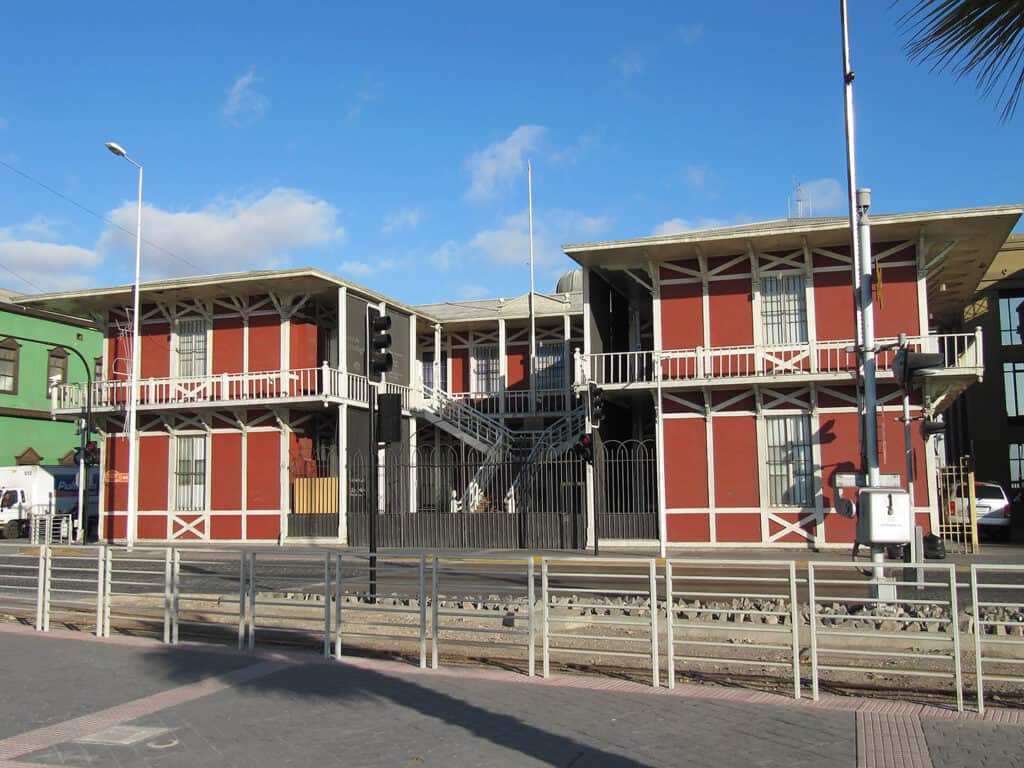
The Antofagasta Regional Museum is a unique architectural wonder in Chile, located in the northern part of the country. It is housed in a former national congress building and is known for its contemporary architecture and appropriate modernity. The museum showcases the history and culture of the region and is a center stage for cultural events and art exhibitions.
See Also Famous Buildings in Argentina
Chile’s architectural landscape is a vibrant scene of historical grandeur and modern innovation. From the colonial elegance of La Moneda Palace and Iglesia de San Francisco to the cutting-edge designs of the Costanera Center and Bahá’í Temple, Chile showcases a diverse range of iconic structures.
Cultural landmarks like Neruda’s houses and unique marvels such as the Rapa Nui Moai Statues highlight the country’s rich heritage and creative spirit. Exploring Chile’s architecture offers a journey through time, blending tradition with contemporary excellence.









